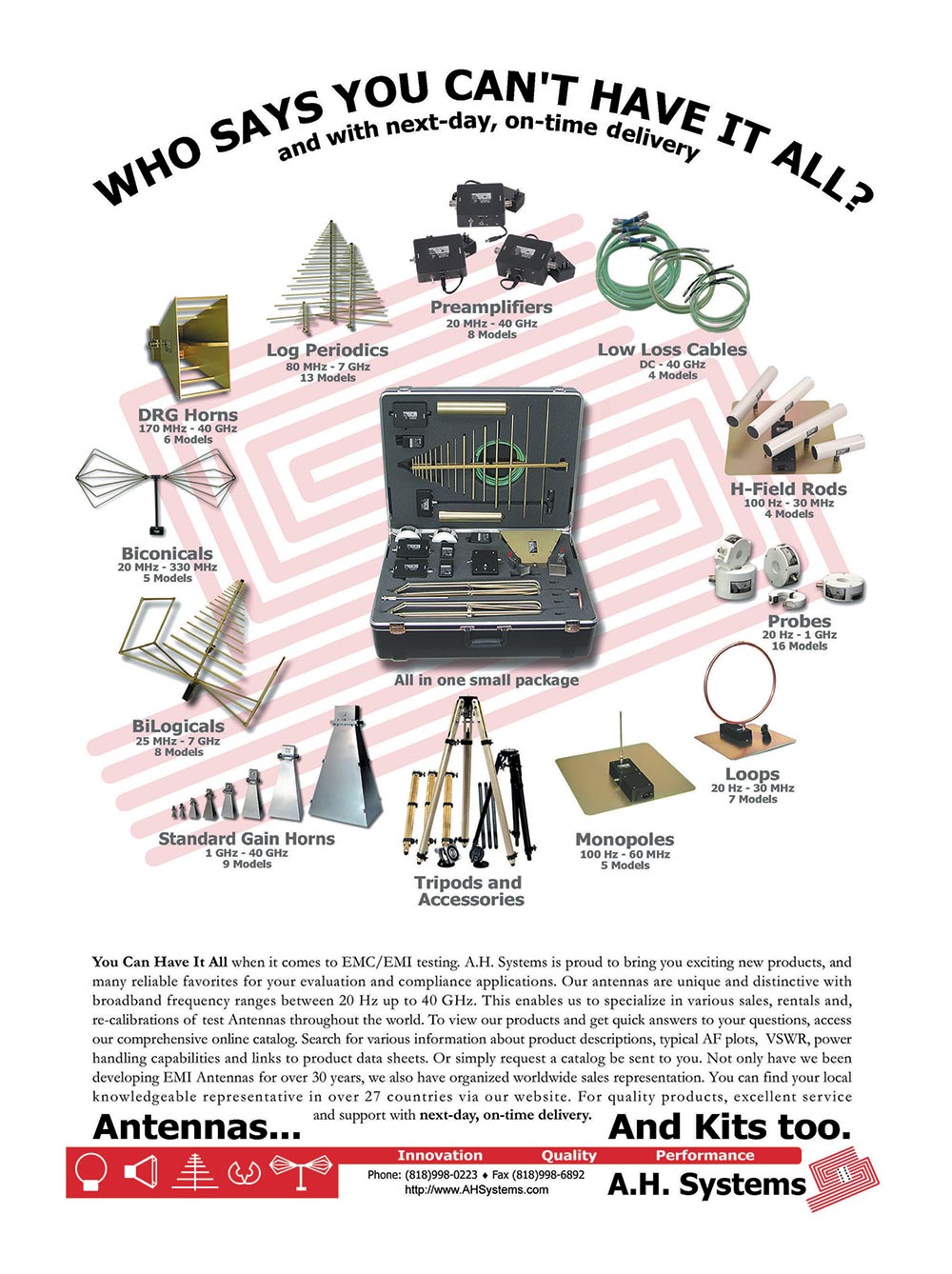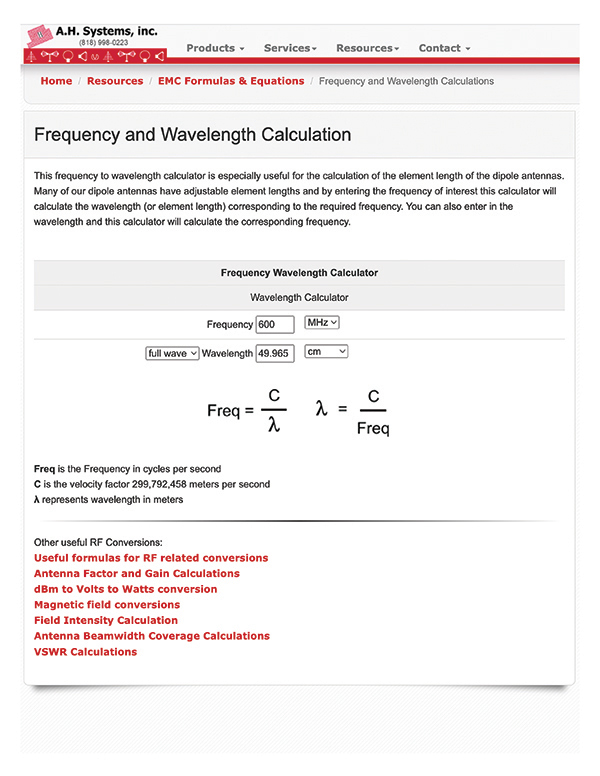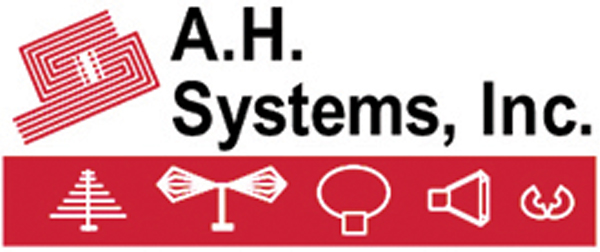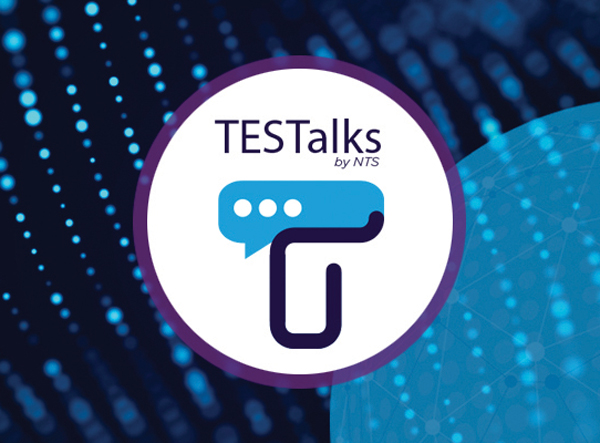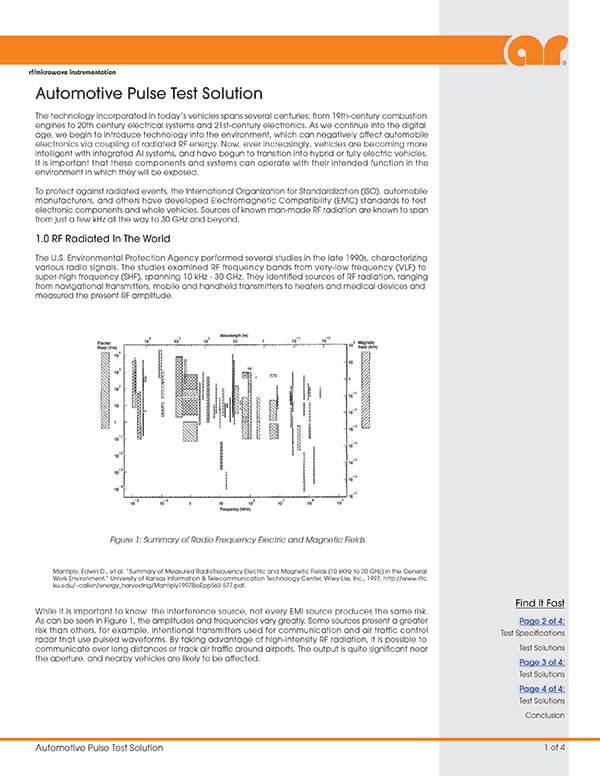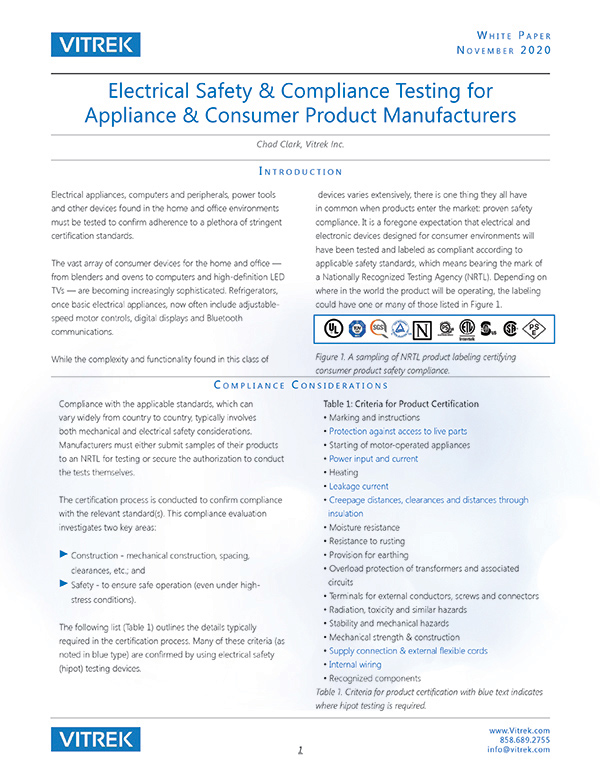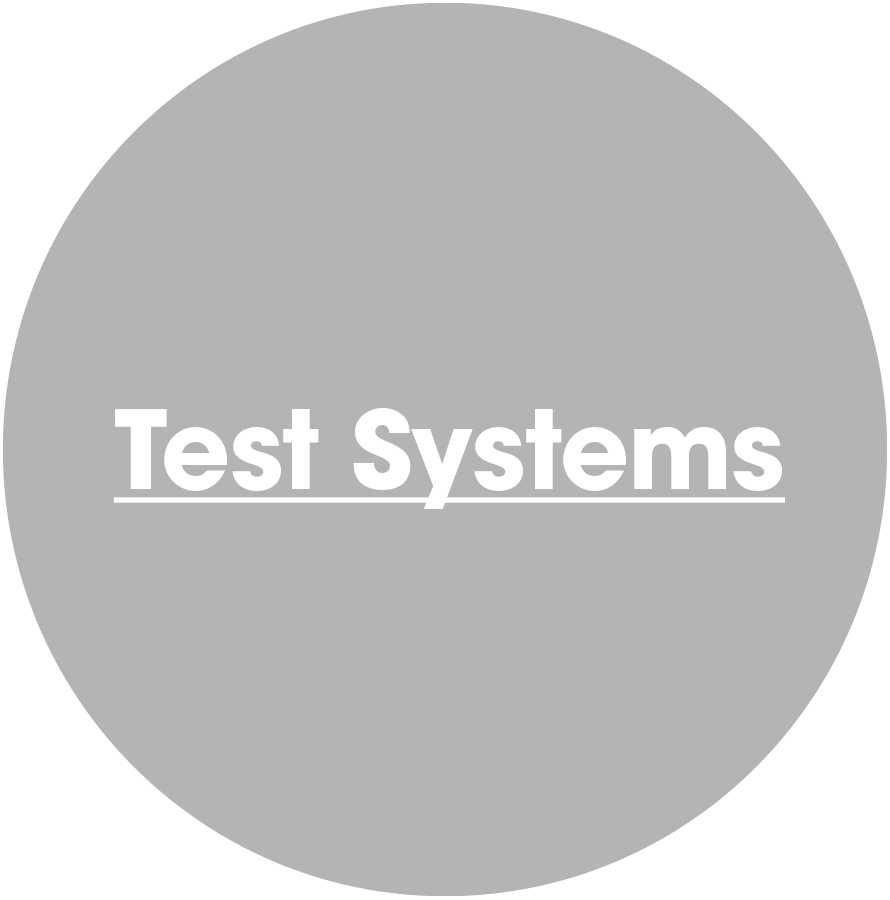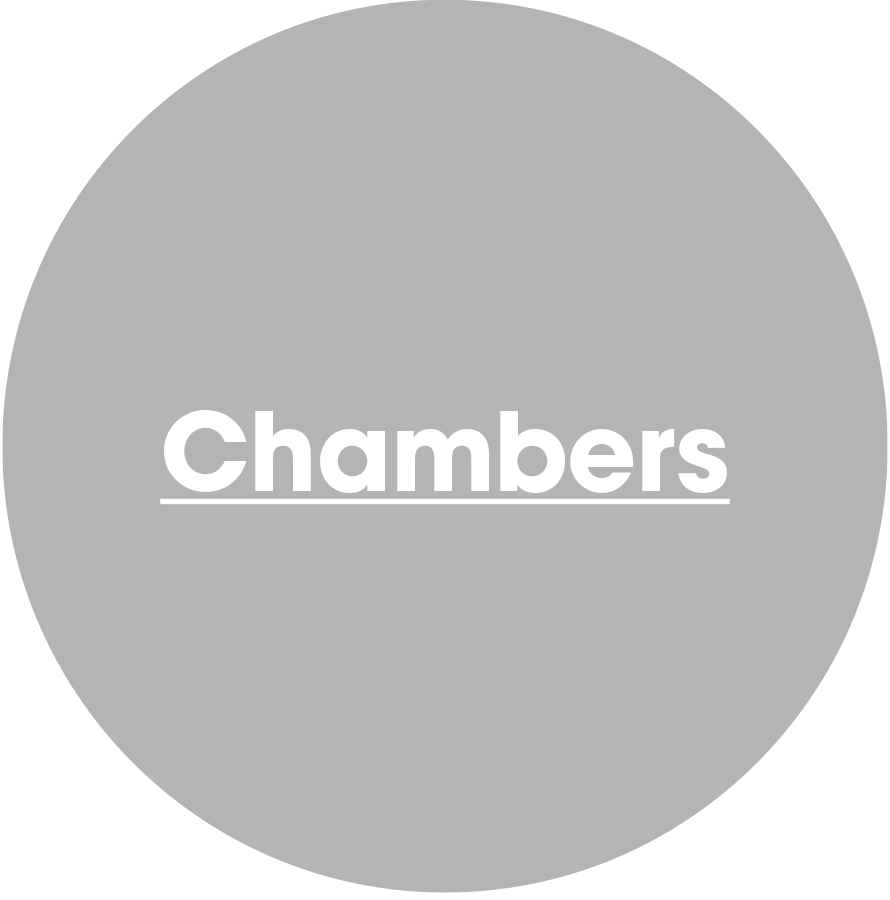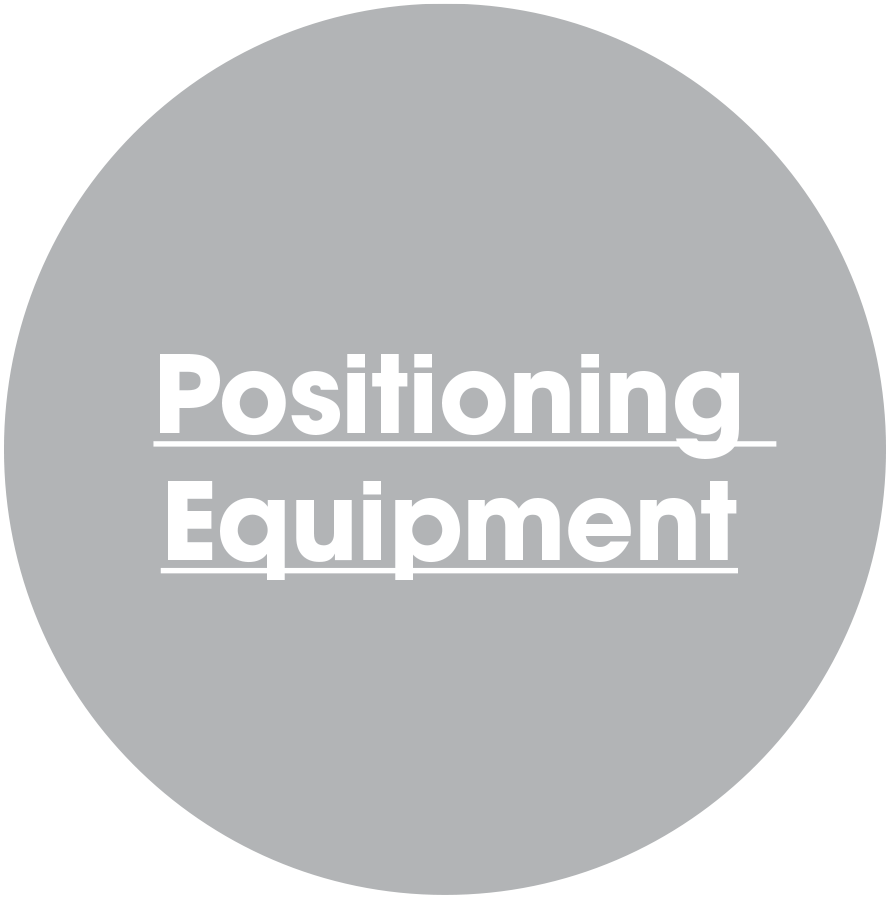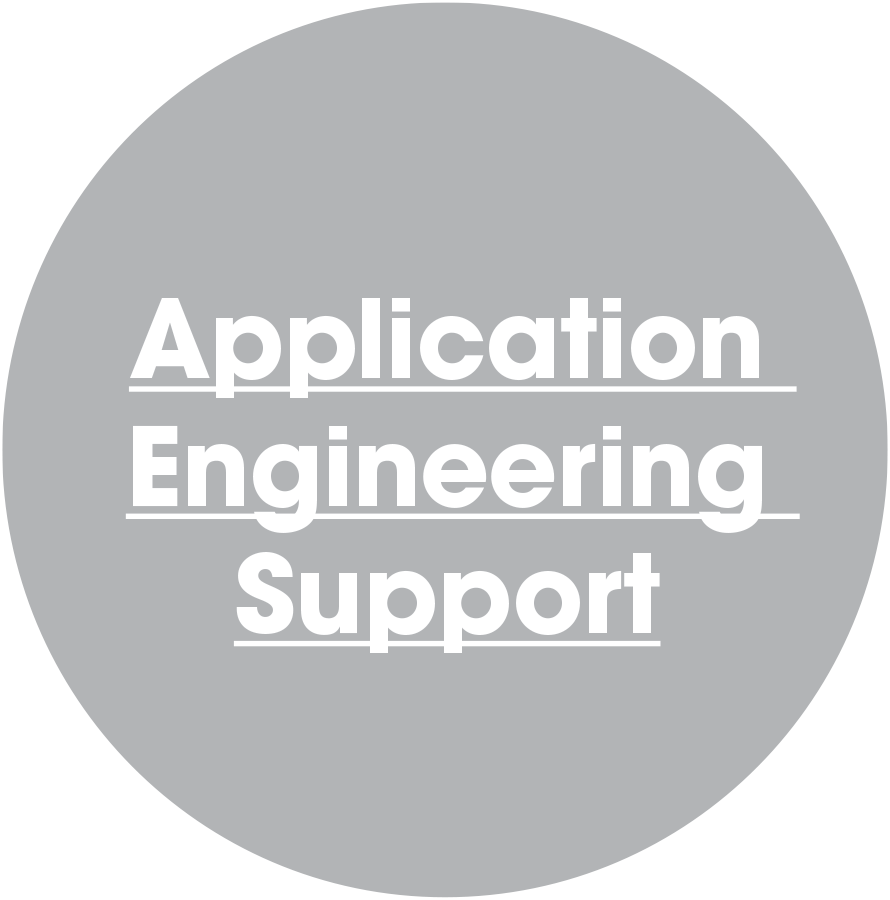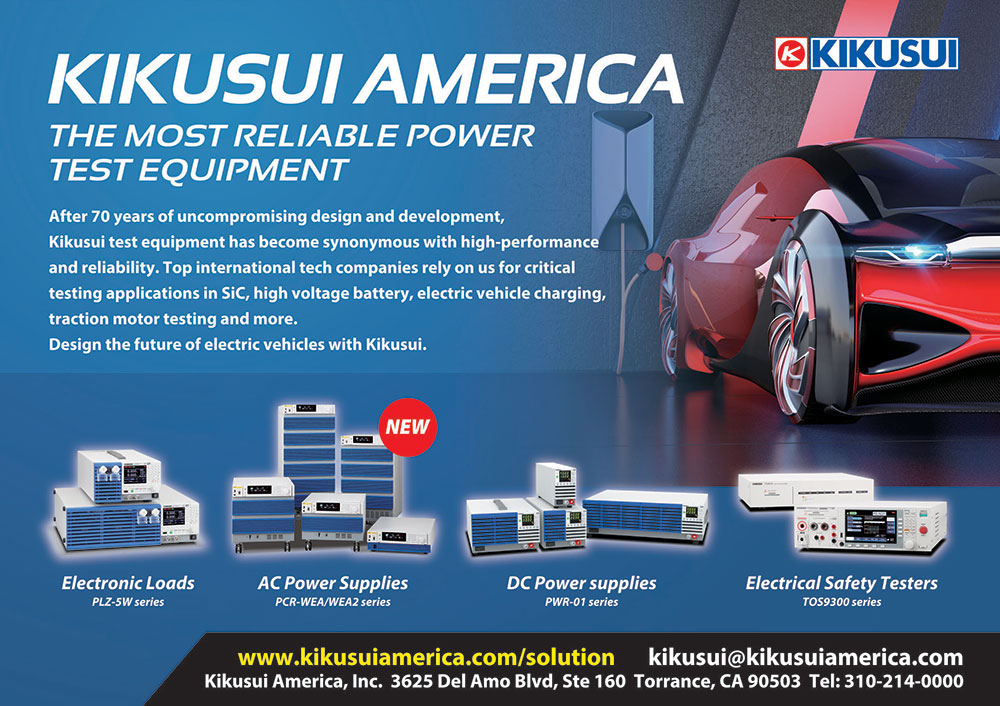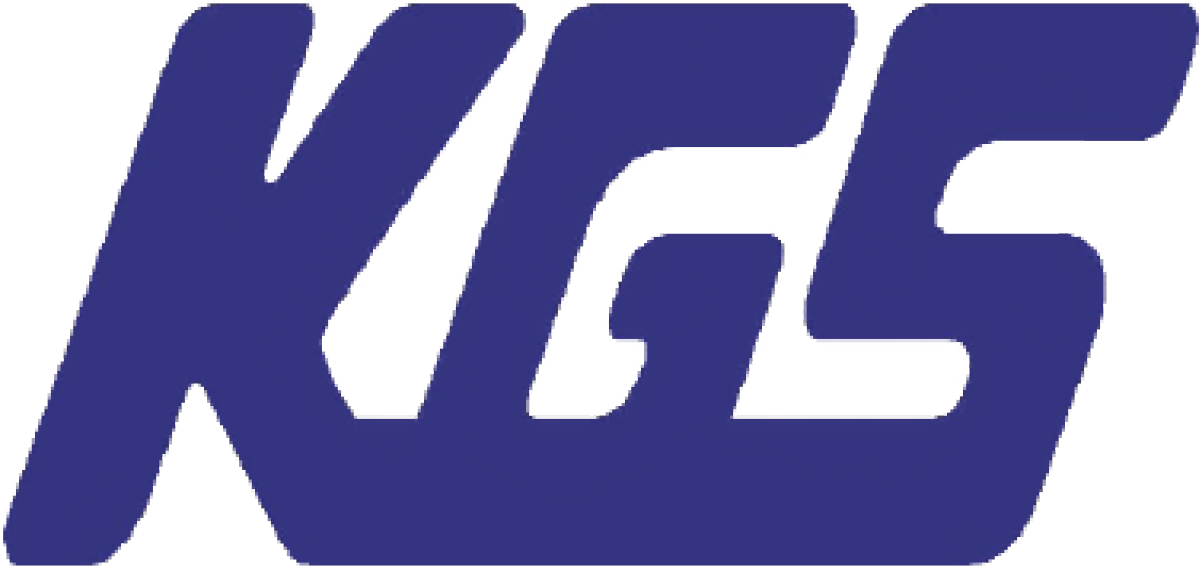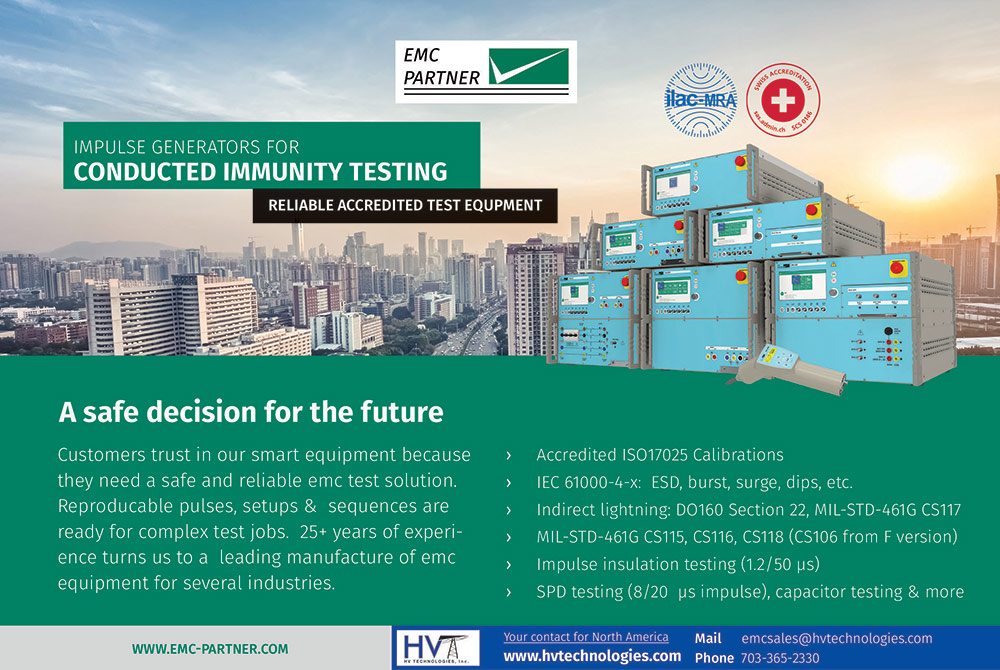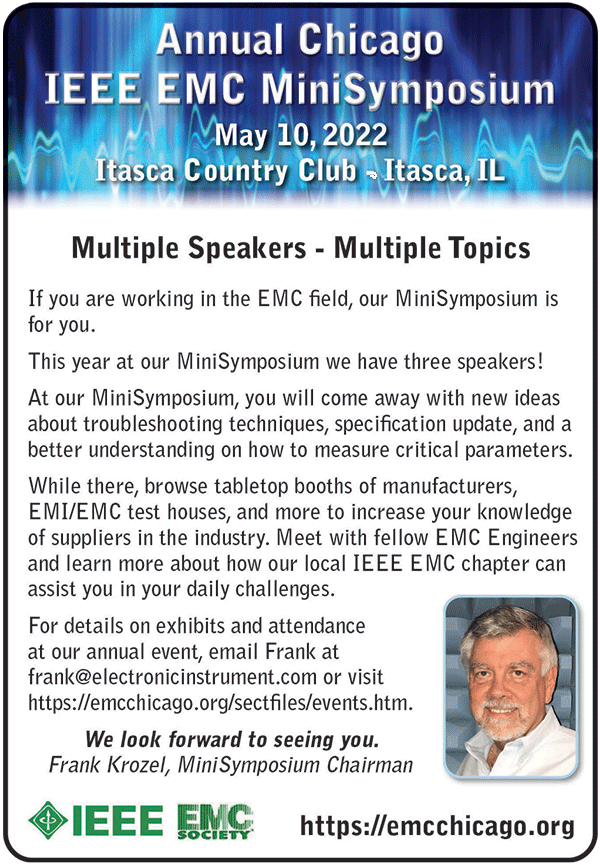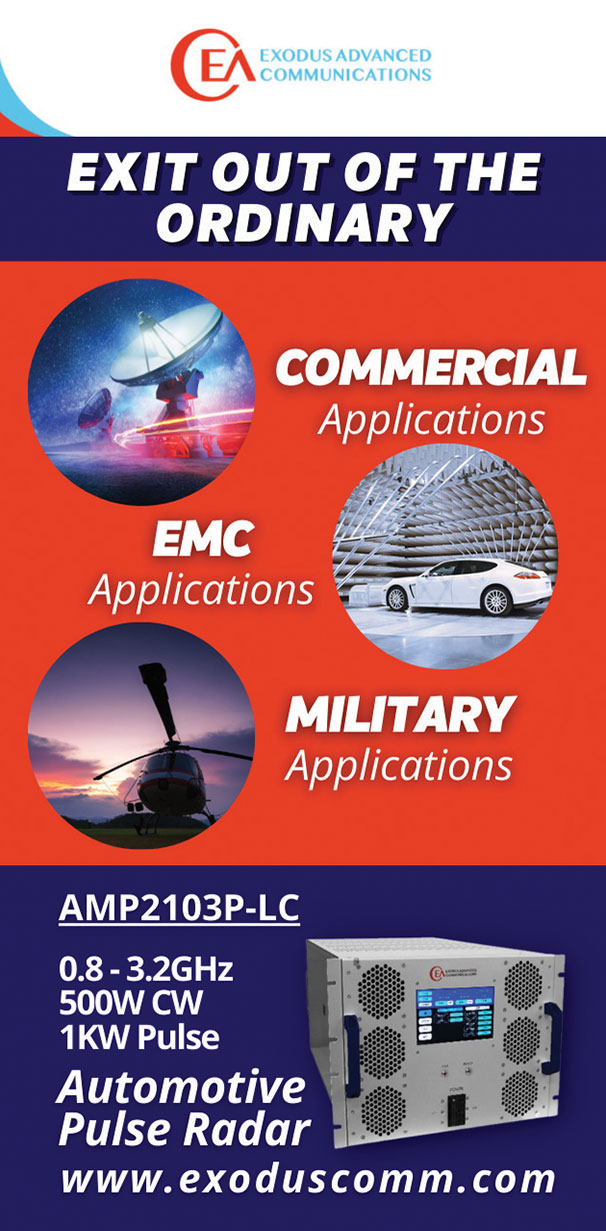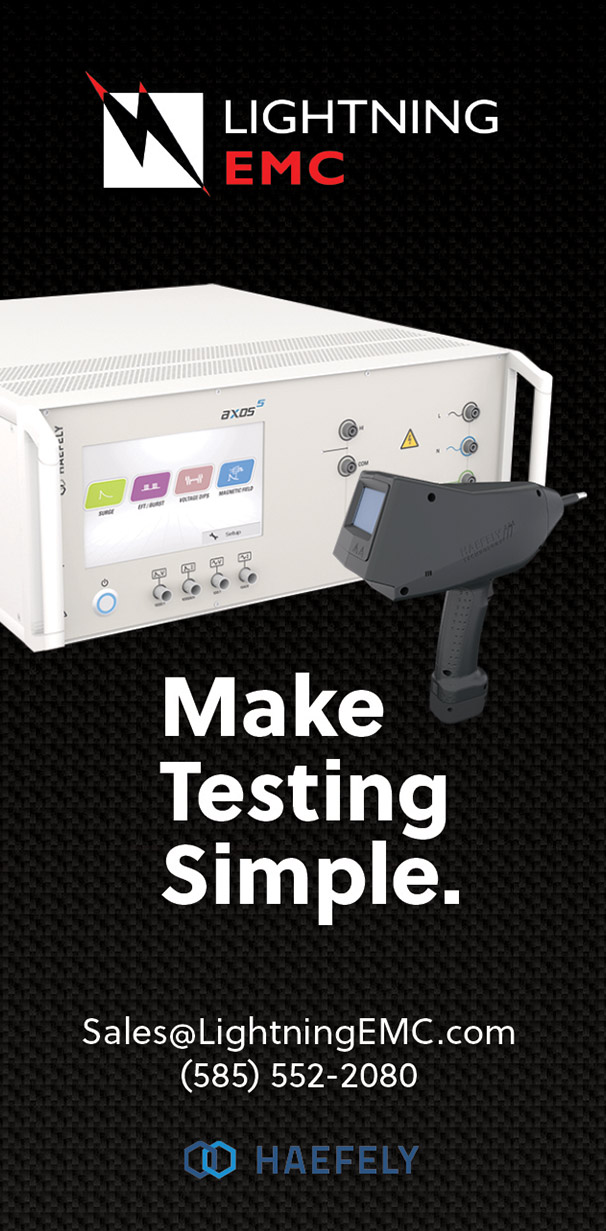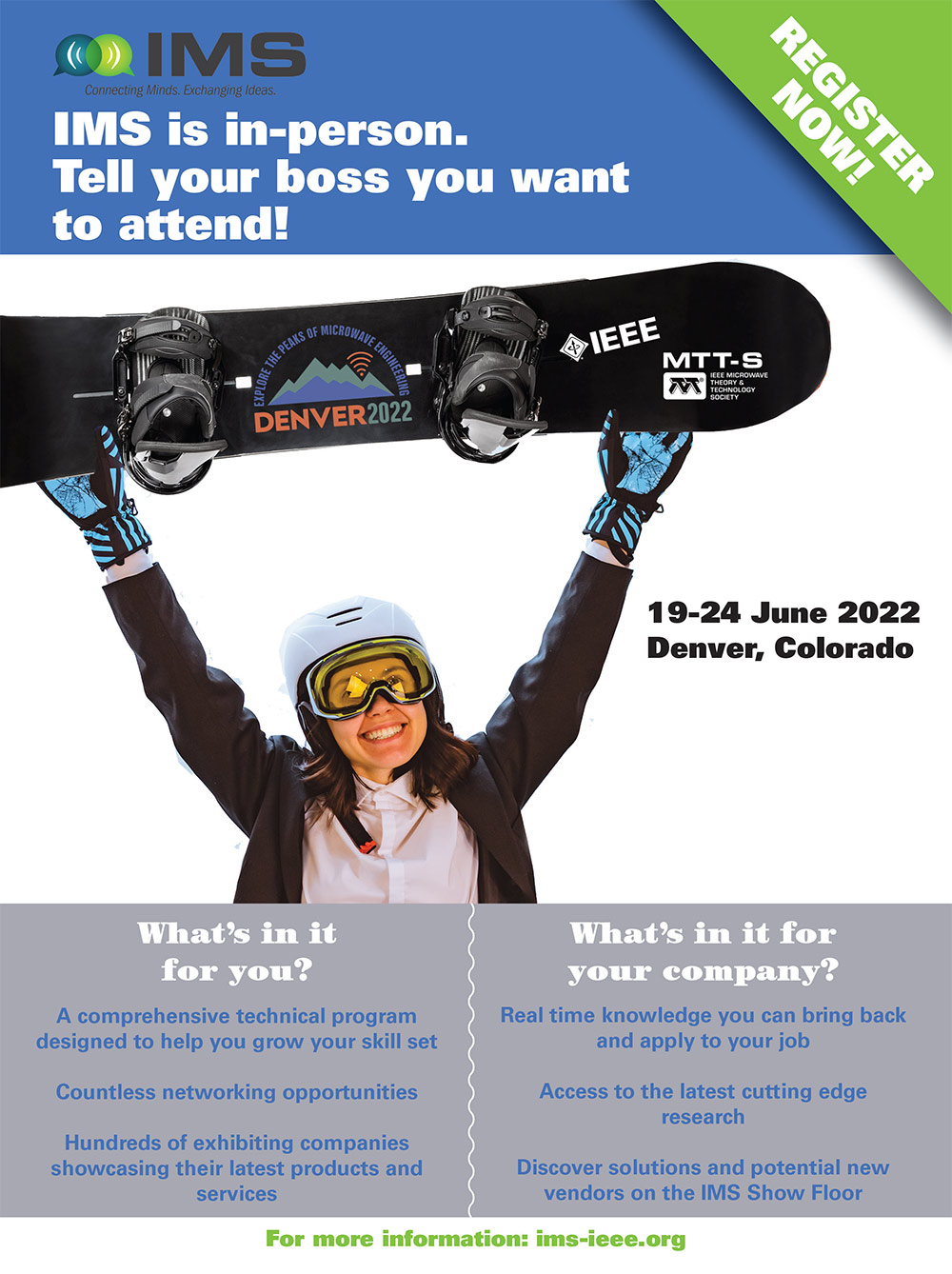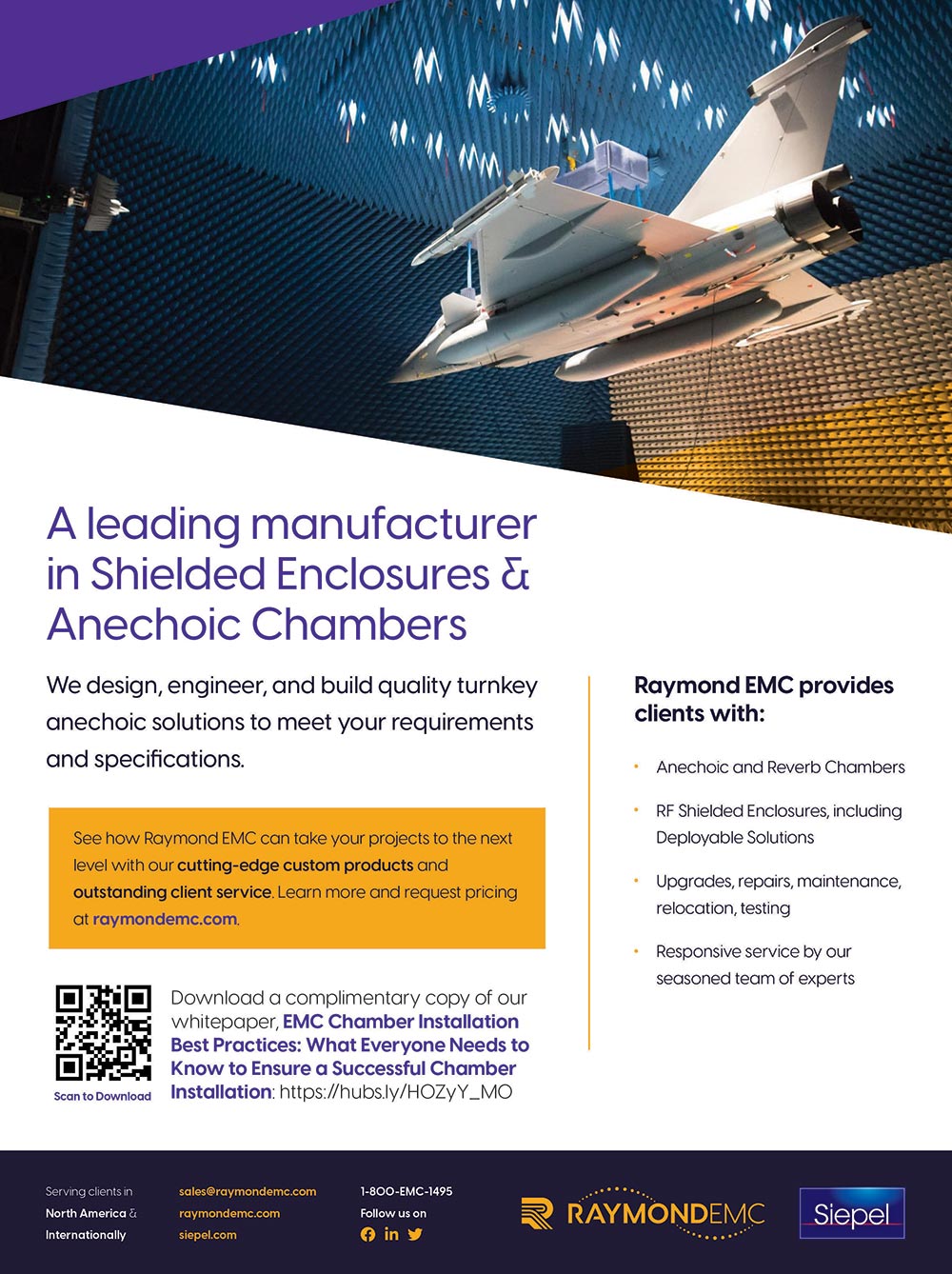
Incorporating Ethical Considerations into the Design Process

Incorporating Ethical Considerations into the Design Process

ISSN 1948-8254 (print)
ISSN 1948-8262 (online)
is published by
Same Page Publishing Inc.
451 King Street, #458
Littleton, MA 01460
tel: (978) 486-4684
fax: (978) 486-4691
©Copyright 2022 Same Page Publishing, Inc. all rights reserved
Contents may not be reproduced in any form without the prior consent of the publisher.
While every attempt is made to provide accurate information, neither the publisher nor the authors accept any liability for errors or omissions.
publisher
bruce@brucearch.com
keith.armstrong@
cherryclough.com
Leo@EisnerSafety.com
dgerke@emiguru.com
ken.javor@emcompliance.com
kenrossesq@gmail.com
wernerschaefer@comcast.net
Subscriptions outside North America are $129 for 12 issues. The digital edition is free.
Please contact our circulation department at circulation@incompliancemag.com

white paper provided by

The $22,000 fine against Ravi’s Import Warehouse in Dallas, TX was originally levied in April 2018, following a 2017 visit to the company’s facility by an FCC field agent, who was responding to complaints of interference in the vicinity of the warehouse. During that visit, the owner of the business reportedly acknowledged the use of the jammer…
Published in the Official Journal of the European Union, Regulation (EU) 2022/112 extends for one year the date by which existing in vitro devices that have been reviewed and certified by an EU Notified Body in accordance…


ost electromagnetic interferences (EMIs) in the field are conducted emissions/immunities, radiated emissions/immunities, electric fast transients (EFT), and electrostatic discharge (ESD). There are, however, other types of EM-related disturbances, including low-frequency magnetic fields, the subject of this article.
The power-frequency (50-60 Hz) magnetic field is a direct result of currents flowing in power networks. When low-frequency currents flow in the entire power network, depending on the size of the current-circulating loop, the impact on equipment/products in the environment can be significant. A typical case is an equipment with a cathode ray tube (CRT) screen. The display on a CRT screen would appear to wobble due to the presence of a nearby low-frequency field1. Professional audio equipment such as electric guitars, tape recorders, and loudspeakers are also sensitive to external magnetic fields. EN 61000-4-8 defines the test method for basic power-frequency magnetic fields2.
Other ar companies: modular rf • sunar rf motion • ar europe
Other ar companies: modular rf • sunar rf motion • ar europe
for EMC Testing.

For more information on AR Amplifiers visit us at www.arworld.us/systems or call 215-723-8181.

he purpose of this article is to give some history and insight into how the EMC procedures evolved at one OEM. Although other OEMs have had different paths leading to their present-day EMC specifications, they are more similar than different mostly due to the extensive reference to international standards which they have taken part in developing (e.g., EMC committees).
The EMC specifications have been developed over approximately 40 years, mostly as a compilation of actual lessons learned (some based on old issues that no longer apply) and test procedure refinement. They are all idealized simulations of the real world. Many specification setups and limits create a situation that is much worse than what would be experienced in a vehicle (could be considered as overtesting to maintain a big safety margin).
Different people looking at the same data can come up with quite different conclusions depending on their background and insight. Knowing the specification history can help EMC practitioners, especially those new to the discipline, gain insight into the implementation and the limitations of test procedures. The test evaluator should have a sense of the nature of the test and what it is trying to simulate. The goal should be to know when to “hold or fold.”
Ferrite Cores, Absorbers
Cable Shielding
Jackets,Tapes, Films,
Gaskets, and Foams
Grounding Contacts,
Clamps, and Straps
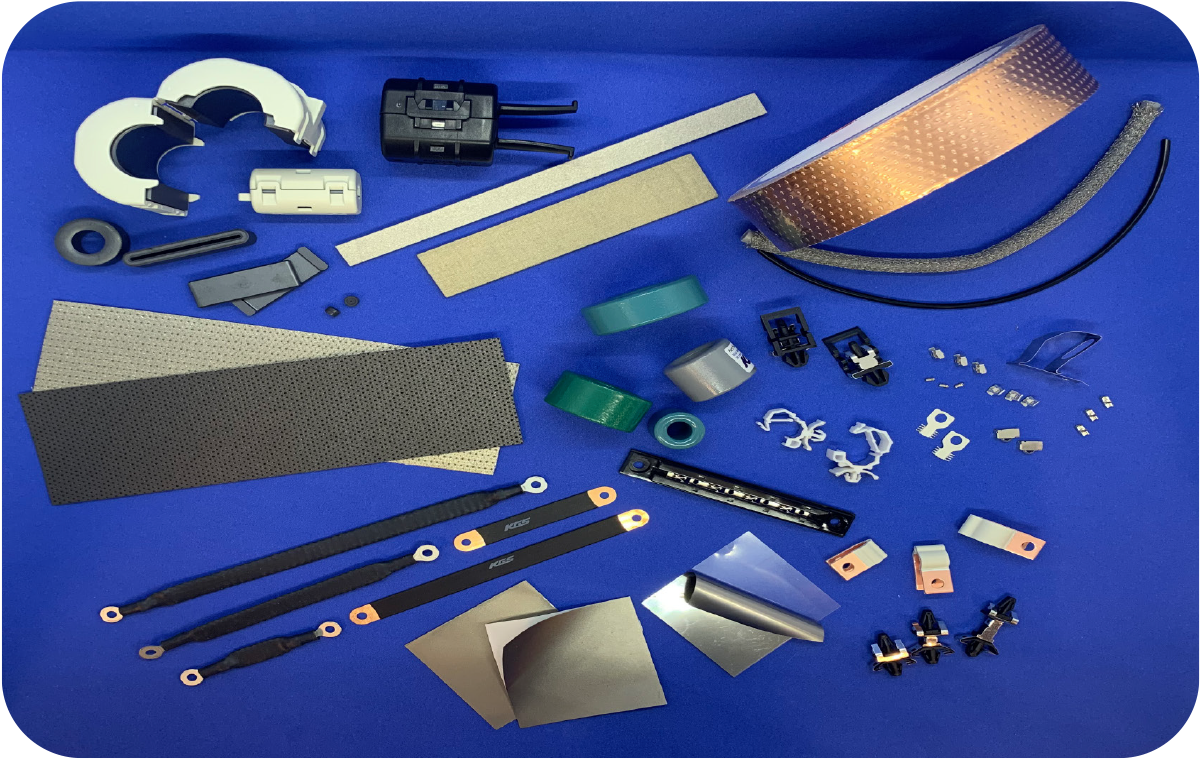
Email: sales@kgs-ind.com
Tel: +1-408-971-2055
Toll Free (US Only): 1-855-EMC-PART
Silicone-based thermal pads
Silicone-free thermal pads
Dual-Function (EMI + Thermal)
Fasteners, Clamps, Bushing
Cable Ties, Rubber Grommets
Silicone-free sheets and molded parts
Fan noise damper

e live in a time during which new products and systems are being introduced at a dizzying pace. Many of these products and systems rely on artificial intelligence and machine learning (AI/ML) techniques for analysis, decision-making, and operation, leading to more functional, autonomous, and capable systems that are used in all spheres of human activity.
We can hardly make a phone call or a financial transaction, perform our work, attend classes remotely, travel, watch television, or do much else without using systems that rely on AI, at least to some degree. As systems using AI are predominant in our daily lives, a level of trust in them is needed, and therefore they must reflect our human values and respect regulatory obligations.
However, the growing use of artificial intelligence systems brings with it a growing potential for misuse and mistakes, which can harm users in disparate ways and lead to a lack of trust in these systems. A reason for this is that AI is driven by algorithms that, while invisible to users, deeply affect end-user data, identity, and values, leading to potential ethical conflicts.
his article presents a simple method of estimating the parasitics of the three passive circuit components (R, L, C). First, the non-ideal model of each component is presented, followed by the network analyzer measurements. The component (approximate) model serves as the basis for analytical calculations leading to the values of the parasitics.
The PCB used in this study, [1], is shown in Figure 1.
Since the calibration traces are of the same length as the traces leading to the components, the connectors and traces are effectively taken out of the measurements. Thus, the measured parasitics come from the component itself and not from the connecting traces. It should be noted that this approach is not targeting the impedance measurement accuracy but rather provides the simplest way of estimating the component parasitic values. More accurate methods exist [2-5].
he thin-film transistor (TFT) became commercially available slightly more than 30 years ago in the form of a switch for the Liquid Crystal Display. It all started with an amorphous silicon (a-Si) TFT. Compared to the traditional crystalline silicon CMOS transistor, the a-Si TFT can be produced on large substrates and at low processing temperatures, below 300 °C, enabling integration on glass substrates and even flexible substrates.
A-Si TFTs are mainly implemented as simple pixel switches due to their low charge carrier mobility (0.5-1 cm2/Vs). An alternative semiconductor on glass substrates is low-temperature polycrystalline silicon (LTPS), outperforming a-Si TFTs by a 100x larger mobility (50-100 cm2/Vs) and often used for high-end displays and imagers. Despite the advantages, fabrication of an LTPS TFT takes more process steps, is limited in substrate size, and requires a larger process temperature. Oxide-based semiconductors as indium-gallium-zinc-oxide (IGZO) fill this gap between a-Si and LTPS nicely, exhibiting low processing temperatures and a decent charge carrier mobility of 10 up to 40 cm2/Vs [1].

- Antennas
- Amplifiers
- Chambers
- consultants
- electrical Components
- Materials
- Rental Equipment
- Safety Gear
- Shielding
- Software
- Static Control Equipment
- Test & Measurement Equipment
- Testing Services
- and much more!


Product Manuals in Focus
n one of our last “On Your Mark” columns, we explored the different elements of a product safety and liability prevention strategy – from risk assessment to safety labels. While on-product labels, and the symbols, standards and best practices related to them, are the focus of our columns, they don’t operate all on their own. They need to be developed alongside all of the other safety and risk reduction documents and measures being taken. That includes product manuals. For specific insight on manuals, we turned to Dr. Patricia Robinson, the author of “Writing and Designing Manuals and Warnings” with over 35 years of experience in product safety consulting and training, specializing in warnings and instructions. Read our interview with Dr. Robinson for context on manuals, including the latest standards and best practices for incorporation with your product safety strategy.
When it comes to requirements for product manuals in the U.S., while we don’t have regulations that carry force, we do have the consensus standard, ANSI Z535.6: Product Safety Information in Product Manuals, Instructions and Other Collateral Materials. What are some of its core concepts and best practices for manufacturers to be aware of?
ANSI Z535.6 provides guidance to manufacturers in how to format safety messages in manuals and other “collateral materials” in a way that is consistent with ANSI Z535.4, the standard that addresses on-product labels. The intent is to make it possible for all the parts of the product “package” to work together to convey essential safety information to users. The focus of ANSI Z535.6 is on format. The standard doesn’t tell you what safety messages to include or what any individual safety message should say, but it does provide a variety of options for how to format those messages.
View Index
A2LA Tech Forum 2022
April 5-7
DesignCon 2022
April 5-7
Fundamentals of Random Vibration and Shock Testing
April 11-14
EMC: Designing for Compliance
April 18-22
EMC Week
April 19
EMC Mini
April 28-29
Fundamental Principles of Electromagnetic Compatibility and Signal Integrity
Asia-Pacific International Symposium on Electromagnetic Compatibility (APEMC)
May 10-13
Applying Practical EMI Design and Troubleshooting Techniques
Advanced PCB Design for EMC & SI
Mechanical Design for EMC
May 10
Chicago IEEE EMC Mini Symposium
May 12
EMC Fest 2022
IEEE International Instrumentation and Measurement Technology Conference (I2MTC)
May 18-19
EMC & Compliance International Workshop
June 13-16
MIL-STD-810 Training
June 19-24
International Microwave Symposium
June 27-29
Sensors Expo & Conference


